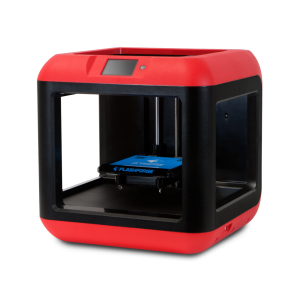Construction 3D Printing (c3Dp) or 3D Construction Printing (3DCP) alludes to different advances that utilize 3D printing as a central strategy to create structures or construction parts. Elective terms are additionally being used, like added substance construction, Autonomous Robotic Construction System (ARCS), Large scope Additive Manufacturing (LSAM), or Freeform construction (FC), likewise to allude to sub-gatherings, for example, ‘3D Concrete’, used to allude to substantial expulsion advances. There are an assortment of 3D printing strategies utilized at the construction scale, with the principle ones being expulsion (concrete/concrete, wax, froth, polymers), powder holding (polymer security, responsive security, sintering), and added substance welding. 3D printing at a construction scale will have a wide assortment of utilizations inside the private, business, mechanical, and public areasClick here . Expected benefits of these computerization innovations incorporate quicker construction, lower costs, simplicity of construction, empowering DIY construction, expanded intricacy as well as the exactness, more noteworthy combination of capacity, and less waste created.
3D printed building
The 3D Print Canal House was the main full-scale construction task of its sort to make headway. In a short space of time, the Kamermaker has been additionally evolved to speed up by 300%. Notwithstanding, progress has not been quick enough to guarantee the title of ‘World’s First 3D Printed House’.The first private structure in Europe and the CIS built utilizing the 3D printing construction innovation, was the home in Yaroslavl (Russia) with a space of 298,5 sq. meters
The characteristic of this task is that without precedent for the world the whole innovative pattern of construction has been passed:
- plan,
- getting a structured grant,
- enrollment of the structure,
- association of all designing frameworks.
A significant component of the 3D house in Yaroslavl, that likewise recognizes this task from other carried out ones – this isn’t a show structure, but instead an undeniable private structure. Today it is home to a genuine, conventional, family.
3D printed spans
In Spain, the main passerby connection imprinted in 3D on the planet (3DBRIDGE) was initiated on 14 December 2016 in the metropolitan park of Castilla-La Mancha in Alcobendas, Madrid. The 3DBUILD innovation utilized was created by ACCIONA, who was accountable for the underlying model, material turn of events, and assembling of 3D printed components. The extension has a complete length of 12 meters and a width of 1.75 meters and is imprinted in miniature supported cement. The engineering configuration was finished by the Institute of Advanced Architecture of Catalonia (IAAC).
The 3D printer used to fabricate the footbridge was produced by D-Shape. The 3D printed connect mirrors the intricacies of nature’s structures and was created through the parametric plan and computational plan, which permits to enhance the appropriation of materials and permits to amplify the underlying presentation, having the option to discard the material just where it is required, with the absolute opportunity of structures. The 3D printed footbridge of Alcobendas addressed an achievement for the development area at the global level, as enormous scope 3D printing innovation has been applied in this venture without precedent for the field of structural designing in a public space.

3D printed compositional structures
In August 2018 in Palekh (an old town in Russia) was the world’s first utilization of added substance innovation for сreating the wellspring. The wellspring “Snop” (Sheaf) was initially made in the twentieth century by renowned artist Nikolai Dydykin.
